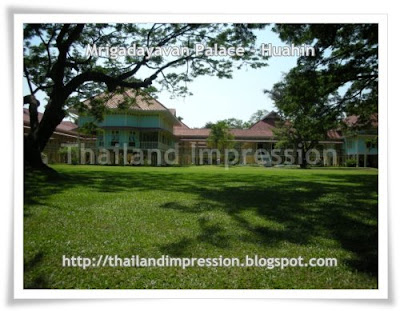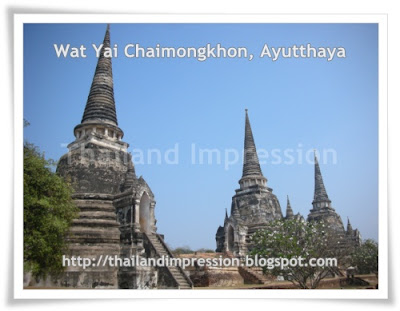HuaHin - Mrigadayavan Palace

Mrigadayavan Palace is Located midway between Cha-am and Hua Hin, Phetchaburi province, about 130 km from Bangkok. Mrigadayavan Palace is “The Wooden Palace”, it was constructed under the Royal command of HMK Rama VI (Vajiravudh) in 1923 and used as the Royal Summer Seaside Palace during his time. Marigadayavan Palace was proudly billed as the longest Golden Teak Palace in the world and often referred to as “The palace of love and hope”. The palace consists of 3 two-storeyed wooden pavilions connecting to each other, all facing out to the sea. Admission Fee : 30 baht for adults, 15 baht for children Bicycles for Rent : 20 baht




